< more recent | January 2017 | older >
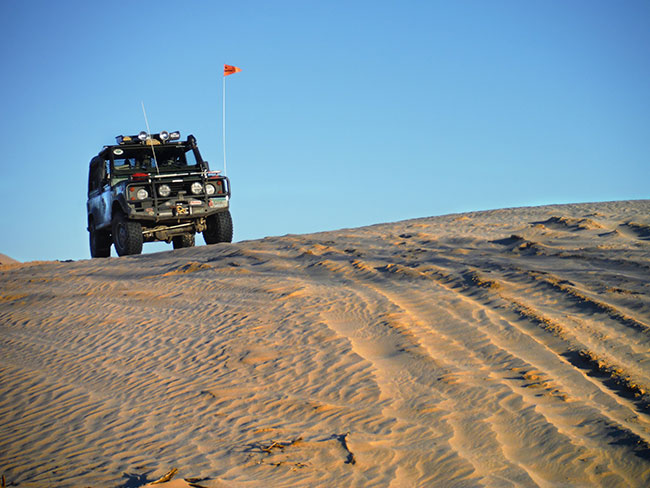
28 January 2017: Amazing day out in the dunes training with Bill Burke on the finer points of driving a manual truck in soft sand and tight dune fields. Got to work out in the D90 and really focus on driving the terrain, gear selection and power management for optimal efficiency…
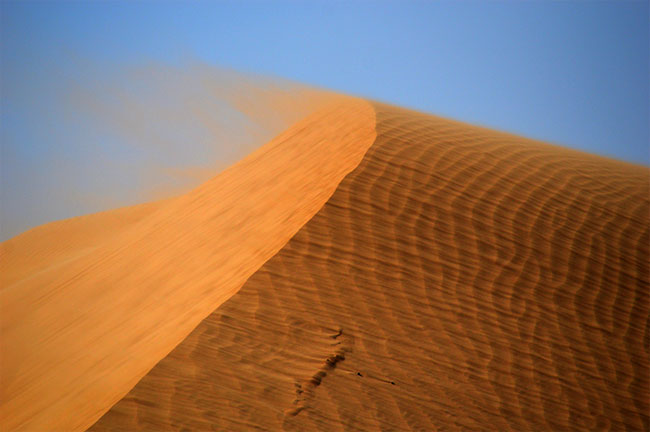
27 January 2017: Came off el Camino del Diablo today and skirted the edges of Yuma where the wind was blowing up a cloud of dust, to head to the Imperial Sand Dunes with the original plan to tent camp, but upon arrival the 30 mph winds seemed off-putting. At the same time, it was amazing to be able to see the shifting sand, as the peaks of the dunes blurred into blowing dust…
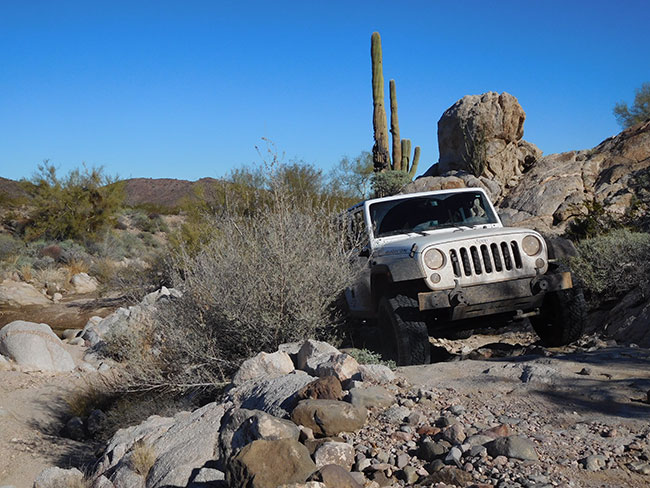
25 January 2017: A fun return to El Camino Del Diablo to spend more time exploring the area and checking out some of the less used trails off the main road. Cold weather and some rain on the first day, but generally a beautiful light and comfortable daytime temperatures. A warm fire and extra layers necessary for nighttime. Had good luck with the trail too, as many of the worst washboard areas had recently been “dragged” making for a smoother and very fun drive…
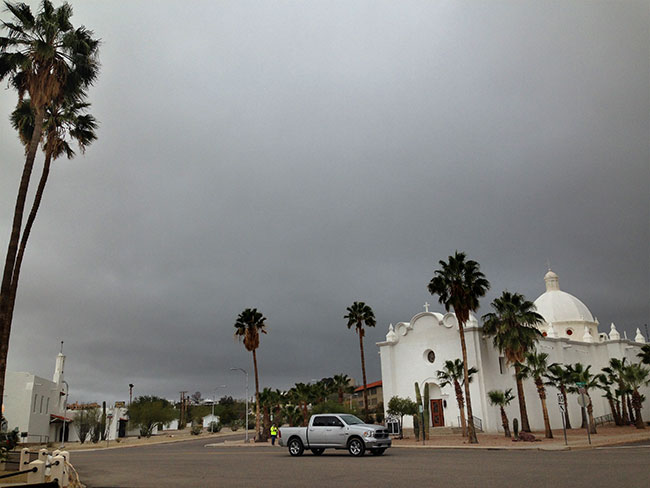
23 January 2017: Spent the morning exploring the little town of Ajo before setting off for El Camino Del Diablo. The weather was unsettled again, and there were dark clouds around the mountain, with a forecast of a 40 percent chance of rain. The thought of camping out on the trail in cold wet weather was cause for hesitation, but in the end, adventure won out, and the journey was on…
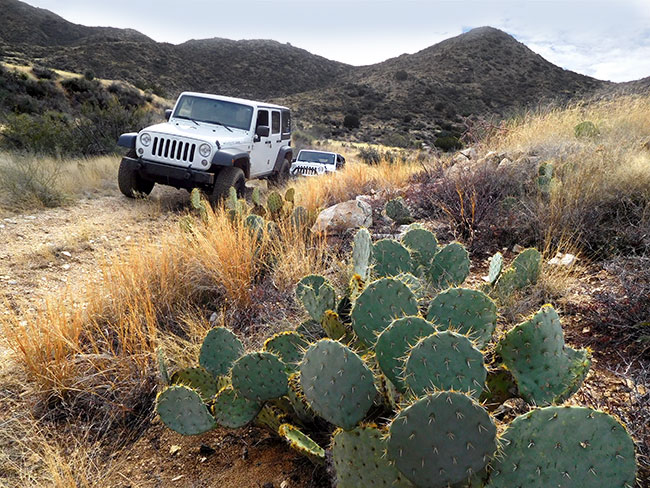
22 January 2017: The weather has cleared a bit near Tucson, and we hit the trail for an afternoon of Jeep fun with friends along the Wild Burro Canyon route. The trail was wet from recent rains, but not too muddy to worry about getting badly stuck. We followed the trail all the way up to the point where it is now closed off, then looped back down. It was a nice relaxed afternoon exploring somewhere new…
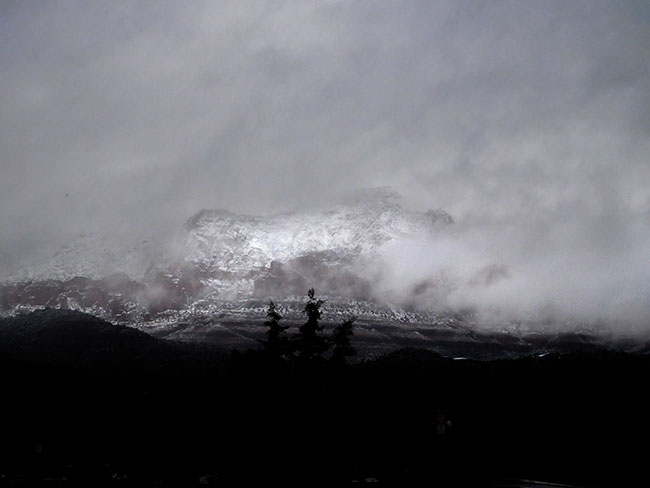
20 January 2017: The unsettled weather had been threatening all week, and back up in Sedona the snow began to fall. The cold winter weather was being unusually stubborn with temperatures near lows all the way from Tombstone in the south to here in Sedona. A big storm center was crossing through the area and the forecast was not good for the week to come either…
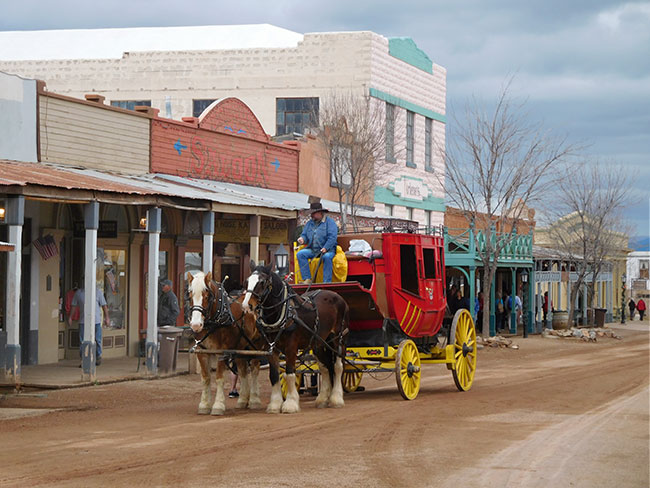
17 January 2017: Continued south all the way to the historical town of Tombstone, AZ., home of the infamous OK Corral. The town is iconic as a symbol of the “wild west” — a period of history that has become part of America’s national mythology thanks to the old Hollywood westerns. Yet there is was a real historical paradigm here — a lawless frontier town that suffered from the violence of competing interests — western “cowboys,” eastern mining speculators and a largely immigrant population of mine workers all thrown together in a quest for some kind of “wealth” — an American dream of a different kind. Today the town is a touristic venture with a few interesting twists…
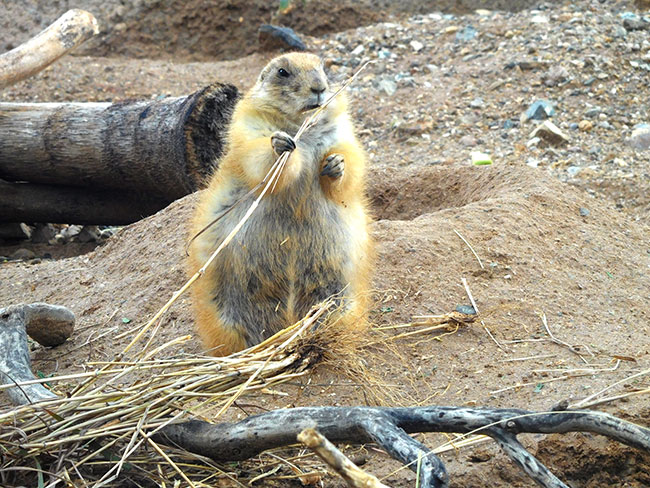
16 January 2017: Made a short stop at the Sonoran Desert Museum near Tucson, a unique place that combines aspects of a botanical garden, a zoo, and a museum highlighting everything special about this desert environment. An outdoor setting makes the visit more like an interpretive hike and the volunteer staff are strategically placed to answer questions and provide insights on the geology, botany, and animals that are featured in this well-designed one-of-a-kind experiential “museum.” Especially enjoyed seeing the Prairie Dogs, which are being re-populated in some parts of the region …
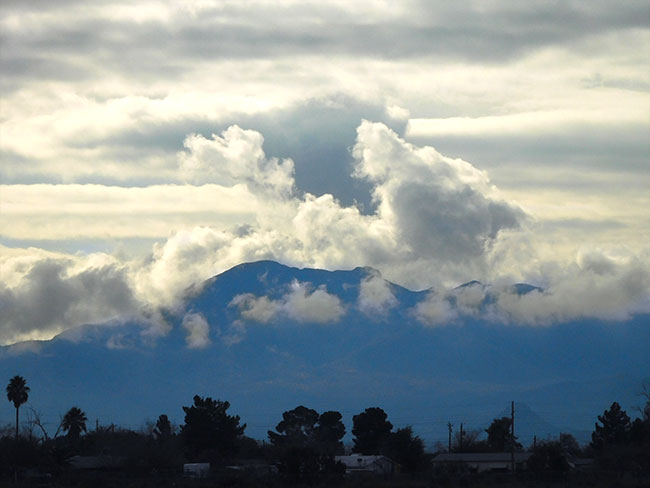
16 January 2017: Unusual and unsettled weather in Arizona at the moment, as fast moving clouds surround the mountains creating a threatening sky. Still the journey southward is beautiful on the approach to Tucson…
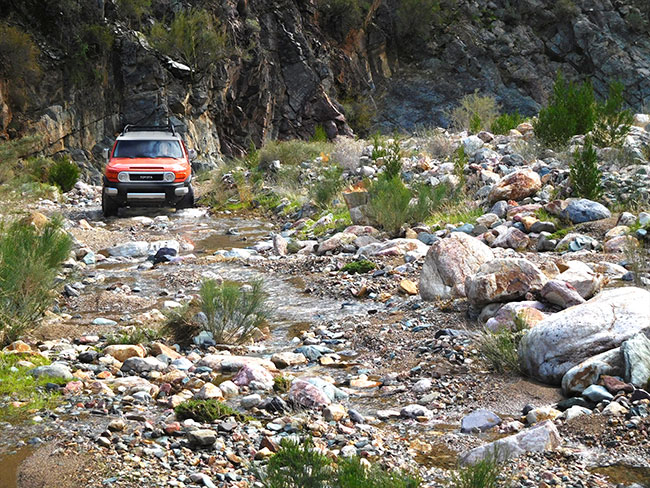
15 January 2017: Great day out on the trail exploring with Maura McMillan and her orange FJ not far from Table Mesa, AZ. Beautiful landscapes, great outdoor fun, interesting old mines and new discoveries as we took the opportunity to scout out this remote property with permission from the landowner…
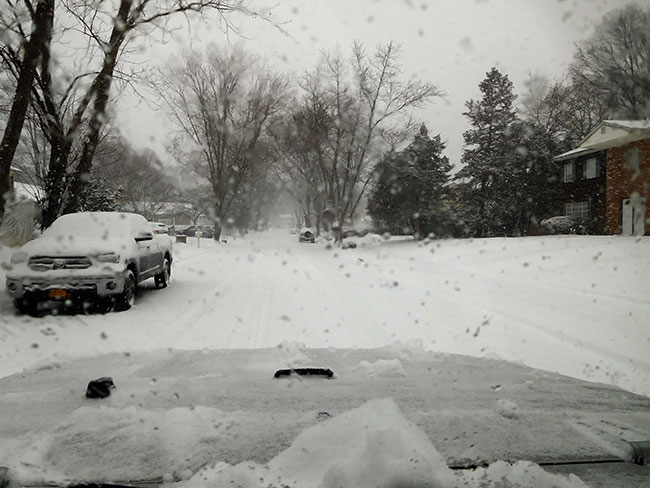
7 January 2017: Out in the white stuff today, as snowfall continues to blanket Long Island in a seasonal winter storm. Predictions are for a foot or more and wind is blowing it around as it comes down, creating low visibility, but it is still beautiful to watch…
THIS MONTH:
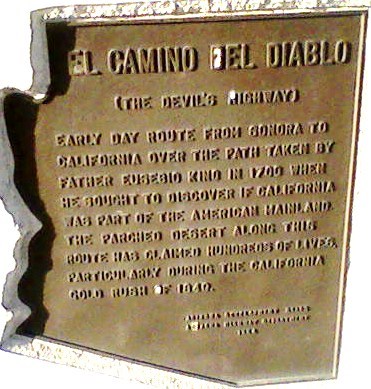
Heading back to the southwest for some adventures along the border …
COMING UP SOON:
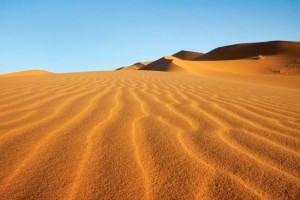
Sand dunes, driving and navigation in the desert, with Barlow Adventures at the Imperial Sand Dunes in southern California …

Back to Paris to reconnect with friends and favorite places …
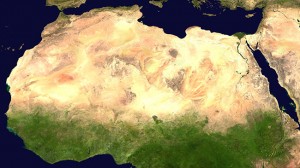
Prepping for a return to the Sahara with a new scouting mission …
THE IMPERIAL SAND DUNES
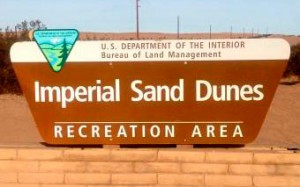
The Imperial Sand Dunes Recreation Area, located in the southeast corner of California, is the largest mass of sand dunes in the state. Formed by windblown sands of ancient Lake Cahuilla, the dune system extends for more than 40 miles in a band averaging 5 miles wide (map). Widely known as “Glamis” it is an off-road paradise, with an extensive open area for OHV use.
ABOUT EL CAMINO DEL DIABLO
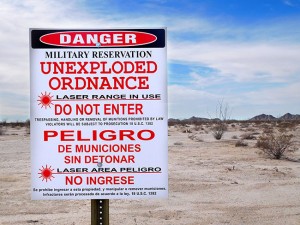
El Camino Del Diablo (“The Devil’s Highway”) is an historic 250-mile (400 km) road which currently extends through some of the most remote and arid terrain of the Sonoran Desert in Pima County and Yuma County, Arizona. In use for at least 1,000 years, El Camino Del Diablo is believed to have started as a series of footpaths used by desert-dwelling Native Americans. From the 16th to the 19th centuries, the road was used extensively by conquistadores, explorers, missionaries, settlers, miners, and cartographers. Use of the trail declined sharply after the railroad reached Yuma in 1870. In recognition of its historic significance, El Camino Del Diablo was listed on the National Register of Historic Places in 1978. Today, the Camino Del Diablo remains a dirt road, suitable for four-wheel drive and high clearance vehicles carrying extra water and emergency equipment. No emergency or tow services are available, and visitors use the trail at their own risk.
ABOUT AJO
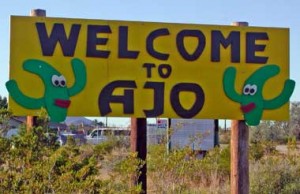
With its rich tradition as a former copper mining hub, Ajo is a casual town with relaxed charm. Before the community of Ajo was settled, the Tohono O’odham used water from a series of potholes in the area they called Mu’i Wawhia or Moivavi (many wells). Mexican miners later called the site Ajo, perhaps influenced by another O’odham name for the area –-au-auho—for the pigment they obtained from the ore-rich rocks. The Arizona Mining & Trading company worked the rich surface ores. beginning in the 1880s when it’s high-grade native copper made Ajo the first copper mine in Arizona. With the advent of recovery methods for low-grade ore, Ajo boomed and the New Cornelia mine thrived. The railroad was brought in in 1916, with the Tucson, Cornelia & Gila Bend Railroad serving the mining industry until 1985. Ajo continued as the quintessential southwestern mining town, with occasional strikes and shutdowns, until 1983. A strike that began in July that year crippled the community with acrimony on both sides. Though the mine struggled on with non-union labor, copper prices plummeted and so did Ajo. Mining stopped in 1985. With the end of the mining, the company houses were marketed to retired people, starting a new era in Ajo‘s history. (Check out this article on Ajo in the Atlantic
ARIZONA’S WINTER WEATHER
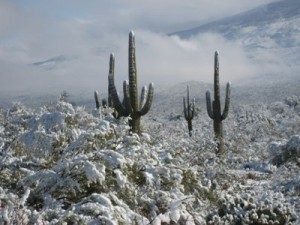
It’s not always blue skies and nice weather in Arizona. Despite the idea that Arizona is hot and dry most of the year, the truth is, the weather varies quite a bit depending on where you are. Arizona covers 113,909 square miles and has three main topographical areas: a high plateau averaging between 5,000 and 7,000 feet in elevation in the northeast; a mountainous region oriented southeast to northwest with maximum elevations between 9,000 and 12,000 feet; and low mountain ranges and desert valleys in the southwestern portion of the state. The desert valleys of southwestern Arizona are an extension of the Sonora Desert of Mexico, with elevations as low as about 100 feet above sea level in the Lower Colorado River Valley. Arizona’s climate varies widely by altitude. Southern Arizona, including Phoenix and Tucson, has very hot summers and mild winters, with cooler summertime temperatures in the Chiricahua Mountains in the southeast corner of the state. Northern Arizona, including Flagstaff, Sedona and the Grand Canyon, has four seasons but weather is mild enough to visit any time. In winter, cold air masses from Canada sometimes penetrate into the state, bringing temperatures well below zero in the high plateau and mountainous regions. The lowest readings can dip to 35 degrees F below zero in the desert. Great extremes occur between day and night temperatures throughout Arizona. The daily range between maximum and minimum temperatures sometimes runs as much as 40 to 50 degrees F during the drier portions of the year. During winter months, daytime temperatures may average 70 degrees F, with night temperatures often falling to freezing or slightly below in the lower desert valleys.
ABOUT TOMBSTONE
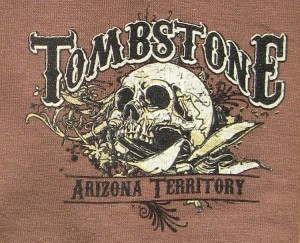
Tombstone AZ is a historic city in Cochise County, founded in 1879. One of the last wide-open frontier boomtowns in the American Old West, it prospered from about 1877 to 1890 with the town’s mines producing US$40 to $85 million in silver bullion. Its population grew from 100 to around 14,000 in less than seven years and it is best known as the site of the Gunfight at the O.K. Corral. The town was established on a mesa above the Tough Nut Mine. Within two years of its founding, Tombstone had four churches, two banks, three newspapers, 110 saloons, 14 gambling halls, and numerous dance halls and brothels. The population was a tense mixture of competing interests that led to deadly conflict. The mining capitalists and the townspeople were largely Republicans from the Northern states while many of the ranchers were Confederate sympathizers and Democrats. Only 30 miles from the Mexican border, the town was an open market for beef stolen from ranches in Sonora, Mexico, by a loosely organized band of outlaws known as The Cowboys. The Cowboys frequently conflicted with the lawmen, most famously in the shootout on October 26, 1881, known as the gunfight at the O.K. Corral (though the actual gunfight was on Fremont Street a block or two away). The city nearly became a ghost town after the silver mining boom ended, with the population dwindling to a low of 646 in 1910. Today Tombstone draws most of its revenue from tourism.
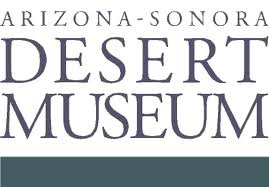
The 98 acre Arizona-Sonora Desert Museum is a fusion experience combining zoo, botanical garden, art gallery, natural history museum, and aquarium into a series of interpretive walking paths through various desert habitats. Ranked one of the Top 10 Museums in the country on TripAdvisor.com and the #1 Tucson attraction, it is an unusual “museums” with about 85% of the experience outdoors. Beyond merely an attraction, the Museum’s conservation and research programs are providing important information to help conserve the Sonoran Desert region. Founded in 1952, the museum is internationally recognized throughout as a model institution for innovative presentation and interpretation of native plants and animals featured together in ecological exhibits. Daily events on-grounds include complimentary interpretive orientation tours, animal keeper interactions where visitors can watch feedings, enrichment activities or animal training sessions for veterinary care procedures, and docent engagement stations.
THE BLUE HEART CAMPAIGN

Team Engage supports the UN’s Voluntary Trust Fund for Victims of Human Trafficking and the Blue Heart Campaign as their platform to raise awareness about global human trafficking— an issue which disproportionately effects women. Human trafficking is modern day slavery and includes sex trafficking (forced prostitution and forced marriage), labor trafficking (domestic servitude, sweatshops and fraudulent bonded labor contracts), child soldiers and organ trafficking. According to the International Labor Organization, nearly 21 million people or 3 out of every 1,000 people worldwide are victims of human trafficking. The UN Voluntary Trust Fund for Victims of Human Trafficking was established in 2010 and provides direct humanitarian, legal and financial aid to human trafficking victims. They provide grants to small grassroot NGOs that directly assist victims with housing, food, legal aid, access to justice, psychosocial support, medical care and training. Click here to donate directly to the Fund…

Nesconset | Sedona | Tucson | Ajo | Yuma
MORE NOTES FROM THE ROAD:
December – Roadtrip
November – Paris
October – Rebelle wrap up
1-7 Oct – NY to Reno
26-30 Sep – Rally Prep
19-25 Sep – Long Island
12-18 Sep – Yuma and Glamis
5-11 Sep – Sedona
29 Aug – 4 Sep – Long Island
23-28 August – Rod Hall Drive Training
15-22 August – Reno Rebelle Training
8-14 August – TFT8
1-7 August – Serbia overland
July – Serbia, Rally planning
June – Mongolia
16-31 May – Overland Expo, Mongolia
1-15 May – Paris
April – training desert prep
March – Long Island
February – California deserts
January – El Camino del Diablo
Archive
SPECIAL REPORT
Detailed series on a solo scouting journey into some of the remotest backcountry around Moab. The six day 450-mile off-pavement trip into the Maze district of the Canyonlands National Park offers insight into the challenges of expedition planning… [read]
MORE INFO:
About US Nomads
Training
Practical Matters
In Our Words
Contact Us
SPECIAL REPORT
SCOUTING THE SAHARA IN MAURITANIA: WAYPOINT NOUAKCHOTT
The first in a series of reports from our scouting trip in Mauritania takes and indepth look at the capital city of Nouakchott, and its fishing port… [read]
SPECIAL REPORT
ON BECOMING A GAZELLE: THE DESERT’S FIRST CHALLENGE
The second installment in a series of personal reflections on our experience in the Rallye Aiche des Gazelles–Putting our skills to the test in Morocco on the first day out in the desert, known as the “Prologue,” there are a few surprises… [read]